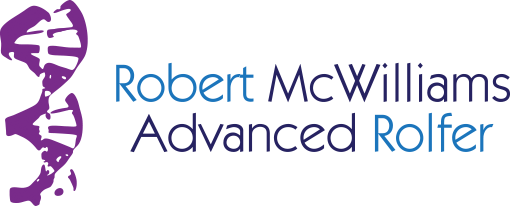When I get up in the morning in Oklahoma City ( I am working there now through December 7) I need to unlock a side door that is not hooked in to the building alarm system, walk around the outside of the building and come in the front door, so that I may walk directly to the alarm control box and disarm it before the buzzer ( very, very loud) goes off ( and calls the police…happened more than twice before I figured out this side-door route). I realized last night that this is a really good metaphor for how pain gets us to change our movement patterns. After an injury, we will try a movement that goes through the affected area and the alarm bells of pain will go off, and with it a chain reaction of stress throughout our whole body mind like what happens to me when that darn industrial strength burglar alarm goes off. We learn, then, a route that accomplishes more or less the same goals as the previous movement, but that travels a detour that will avoid setting off those alarm bells. In the body, the situation gets more complex, and the plot “thickens”, in the sense that our bodies literally lay on connective tissue to bolster this roundabout movement path, through a thickening in fascia, tendon, ligament/joint capsule. Then, making matters worse, the muscles and coordinative patterns in the brain get weaker through disuse through the affected area. Often, too, a tightness and overuse pattern will develop as a result of this ‘side-route’, which we could call a compensation pattern. The side route problem is often the source of symptoms that clients come in to have treated. My job: figure out if that’s the case, and if so, how to treat those ‘side symptoms’, free up the primary problem and make sure that the client understands how to re-mobilize that area. It is also to figure out what even-more primary issue caused them to injure ( and constantly re-injure) that area in the first place, if possible: structurally; coordinately; psychobiologically. So…we all do our best, and often, magic happens!
